What Is Cholesterol?
Cholesterol is a waxy substance naturally produced in our bodies, and taken into our bodies in some of the foods we eat.[1]. The liver produces about 75% of the cholesterol, [2] and the other 25% comes from the foods we eat. If most of the cholesterol is produced in our bodies, how could it possibly be bad?
The Good, the Bad and the Ugly
We hear a lot about cholesterol as a whole, but it’s important to understand the smaller parts that make up that number. Cholesterol is broken down into three main parts – HDL, LDL and triglycerides.
HDL
HDL (high-density lipoprotein) is the good cholesterol. It helps remove bad cholesterol from the body, which helps keep plaque from building up in the arteries. Up to 33% of the cholesterol is carried via HDL.[2]
The desirable range for HDL is above 40 mg/dL (1 mmol/L) in men; and
The desirable range for HDL is above 50 mg/dL (1.3 mmol/L) in women.[4]
LDL
On the other hand, we have LDL (low-density lipoprotein). This protein can combine with other substances to clog the arteries, thus the name bad cholesterol. This can cause the arteries to narrow and become more rigid, a condition known as atherosclerosis. The majority of the body’s cholesterol travels this route.
The desirable range for LDL is below 130 mg/dL (3.4 mmol/L). [4]
Triglycerides
Here’s the ugly truth about triglycerides. They’re a combination of extra calories, glucose (sugar) and alcohol that the body has converted and stores in fat cells. In fact, triglycerides are the most common type of fat in the body[3]. According to James Beckerman, MD, a triglyceride level of 150 or more “puts you at risk for metabolic syndrome, which is linked to heart disease and diabetes.” [1]
The desirable range for triglycerides is below 150 mg/dL (1.7 mmol/L).[2]
Total cholesterol
When you bring HDL, LDL and triglyceride levels together, you get the overall number you may hear when you get your results – your total cholesterol.
Here’s a quick look at how you can calculate your total cholesterol if you know the individual component levels. We’ll use the numbers from my past lipid panel.
HDL 70
LDL 94
Triglycerides 40
TOTAL 172
Formula: HDL + LDL + (triglycerides ÷ 5) = total cholesterol
70 + 94 + (40 ÷ 5) = 172
70 + 94 + (8) = 172
The desirable range is below 200 mg/dL (5.2 mmol/L).
The borderline high range is 200-239 mg/dL (5.2-6.2 mmol/L).
The high range is 240 ml/dL (6.2 mmol/L)
Factors That Can Affect Your Cholesterol
There are several factors that can increase your risk for high cholesterol. Although they’re divided into two categories, you still need to be aware of all factors.
Factors You Can’t Control
- Heredity – Unfortunately, a propensity for high cholesterol can be passed down from generation to generation. That’s why it’s important to check with parents, grandparents, etc. to find out if they have had any cholesterol or heart-related issues.
- Age – Cholesterol levels tend to rise as we age
- Gender – Men tend to have higher cholesterol than women. HDL (good cholesterol) tends to be higher in women during childbearing years, and declines during menopause. According to James Beckermann, MD, “after age 55, a woman’s risk of developing high cholesterol begins to climb.”[2]
Factors You Can Control
- Eating habits – Eating high amounts of trans and saturated fats can lead to elevated LDL levels (bad cholesterol)
- Activity levels – Activity increases HDL (good cholesterol), while inactivity increases LDL (bad cholesterol)
- Smoking – Tobacco products decrease HDL (good cholesterol), and increase LDL (bad cholesterol)
- Weight – Overweight and obese individuals are at greater risk
- Medications – Side effects of some medications actually increase cholesterol levels
High Cholesterol and Cardiovascular Disease
While higher cholesterol levels can lead to an increased risk of cardiovascular disease, cholesterol alone isn’t the only factor. Your health care professional will considered other factors in order to get a complete picture of your risk. Some additional factors include:
- Family history – family members who suffered a heart attack or stroke before 55 years old
- Sex – Men run a higher risk than women
- Ethnicity – Certain races are inherently at higher risk than others
- Diabetes – Type 2 diabetes increases the risk
- High blood pressure – Places extra strain on the blood vessels and heart
- Smoking – Cigarette smoking increases the risk
Speaking with your health care professional is always best. If you’d like to get an idea of your cardiovascular risk now, check out the American Heart Association’s Check. Change. Control. Calculator. https://ccccalculator.ccctracker.com/
Summing it up:
Normal cholesterol levels are good, but there’s no substitute for knowing your individual numbers, and understanding what they mean. Get the breakdown of the individual components from your health care professional.
- HDL (good cholesterol)
- LDL (bad cholesterol)
- Triglycerides
- Total cholesterol
If they don’t offer the numbers, ask. You have the right to know. After all, your life could depend on it.
Several factors can affect your cholesterol level. High cholesterol levels, along with other factors, can increase your risk of cardiovascular disease. Understand these factors and make lifestyle changes to reduce the likelihood of a cardiac event.
Be informed. Be intentional. Be in good health.
References:
[1] Gordon, B. (n.d.). What is Cholesterol? Retrieved February 12, 2020, from https://www.eatright.org/health/wellness/heart-and-cardiovascular-health/what-is-cholesterol
[2] Cholesterol Overview: LDL, HDL, Triglycerides, What Cholesterol Levels Mean. (2018, March 6). Retrieved February 3, 2020, from https://www.webmd.com/cholesterol-management/ss/slideshow-cholesterol-overview
[3] HDL (Good), LDL (Bad) Cholesterol and Triglycerides. (2017, April 30). Retrieved from https://www.heart.org/en/health-topics/cholesterol/hdl-good-ldl-bad-cholesterol-and-triglycerides
[4] High cholesterol: Overview. (2017, September 7). Retrieved February 20, 2020, from https://www.ncbi.nlm.nih.gov/books/NBK279318/
[5] High cholesterol: Overview. (2017, September 7). Retrieved February 20, 2020, from https://www.ncbi.nlm.nih.gov/books/NBK279318/



